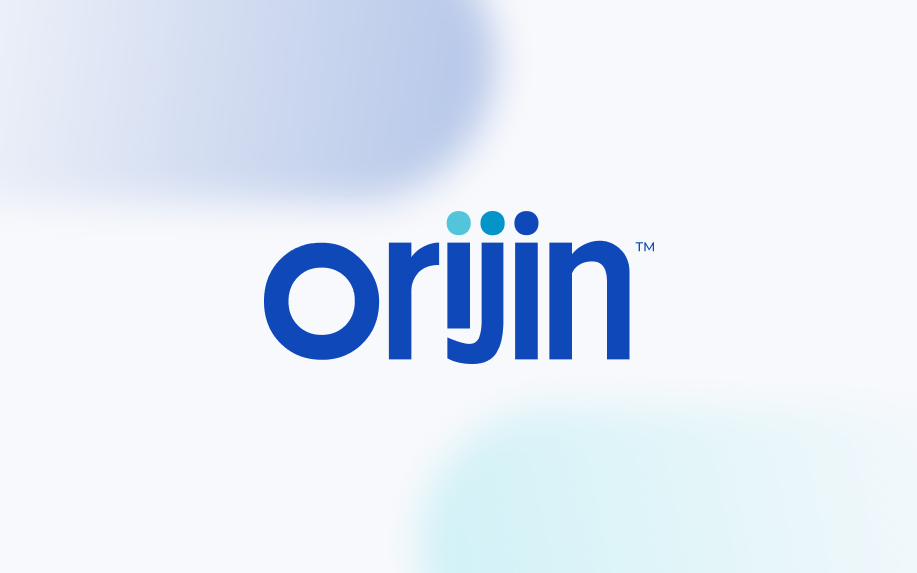by Alan Santiago, Chief Product Officer

The statistics are sobering: nearly 2 million people are incarcerated in the United States, yet only 17% can access education programs and just 10% have opportunities for job training. With employment being one of the strongest predictors of successful reentry, this gap represents more than missed opportunities—it’s a barrier to breaking the cycle of incarceration.
The challenge is that hard-working correctional staff are drowning in administrative tasks that pull them away from what they do best: building connections, offering encouragement, and supporting transformation.
The Unique Reality of Correctional Education
Correctional facilities operate with constraints unlike any traditional educational setting. Educators must navigate unexpected schedule changes, an expansive range of student needs, and important, yet burdensome safety and security protocols.
Add to this the overwhelming administrative workload—case management, service coordination, compliance documentation, and complaint handling—and it becomes clear why so few incarcerated individuals can access meaningful education and job training opportunities. Staff want to focus on human connection and transformation, but operational demands make this nearly impossible.
Further, every facility operates differently, with varying state and local requirements that make one-size-fits-all solutions ineffective. What works in one jurisdiction may fail completely in another, demanding technology solutions specifically tailored to correctional environments.
A Human-First Approach to AI in Corrections
The solution isn’t replacing human educators with technology—it’s augmenting their capabilities so they can reclaim time for the work that truly changes lives. We believe teaching and learning are inherently human endeavors, and incarcerated learners need more positive human interaction, not less.
This is where artificial intelligence (AI)—thoughtfully developed—can make a transformational difference. Imagine AI solutions that can:
-
- Create on-demand, context-aware portfolios that present learner achievements differently for parole boards, employers, or reentry specialists
- Analyze learner progress against individual and facility objectives, surfacing improvement signals and flagging areas that need attention
- Help educators quickly convert their expertise into high-quality digital programming
These types of AI use cases and so many more have the potential to save countless hours of staff time spent on operational and administrative tasks.
The Partnership Imperative
Implementing AI successfully in correctional settings requires more than just the technology—it demands expertise, guided onboarding, and ongoing support. There are security risks to address, compliance requirements to navigate, and complex AI concepts like bias mitigation to understand.
This is why a partnership approach matters. Rather than simply rolling out technology, effective AI implementation requires walking alongside correctional staff through operational change and cultural transformation. It requires a partner who understands that AI tools must be designed specifically for correctional education environments, tuned to correctional language and workflows, and customized for each facility’s unique context.
AI Solutions Built for Corrections
Orijin is building the next generation of correctional education technology. This technology is centered on AI solutions that are:
- Personalized to each facility’s specific workflows and requirements
- Responsive to staff needs and operational realities
- Supported by trusted partners who understand corrections
Our AI solutions will operate with a “human in the loop.” That is, they augment workflows and create capacity for staff, but they don’t make decisions nor replace human judgment.
Built with correctional-grade security from the ground up, our AI employs enterprise-level encryption, strict access controls, and data governance frameworks that ensure facility data never contributes to public AI models.
We believe the future of correctional education isn’t about choosing between human connection and technological innovation—it’s about thoughtfully combining both. When correctional staff, incarcerated learners, and technology work together effectively, facilities can achieve significant outcomes that support employment readiness at scale.
By implementing AI tools designed for correctional environments, we can create a system where nearly 2 million incarcerated individuals have access to the education and workforce development they need for successful reentry.
Ready to Explore What’s Possible?
The path forward requires authentic partnership, tailored solutions, and an unwavering commitment to keeping human connection at the center of correctional education. To learn more about our approach to AI, read our full position paper: Envisioning a Human-First Future for Correctional Education.
If you’re ready to explore how AI solutions could transform your facility’s education and workforce programs, we invite you to join the Orijin AI Discovery Lab and be among the first to experience how human-first AI solutions can help your staff reclaim time for the work that transforms lives.
Sign up today to speak with an expert about joining the AI Discovery Lab

